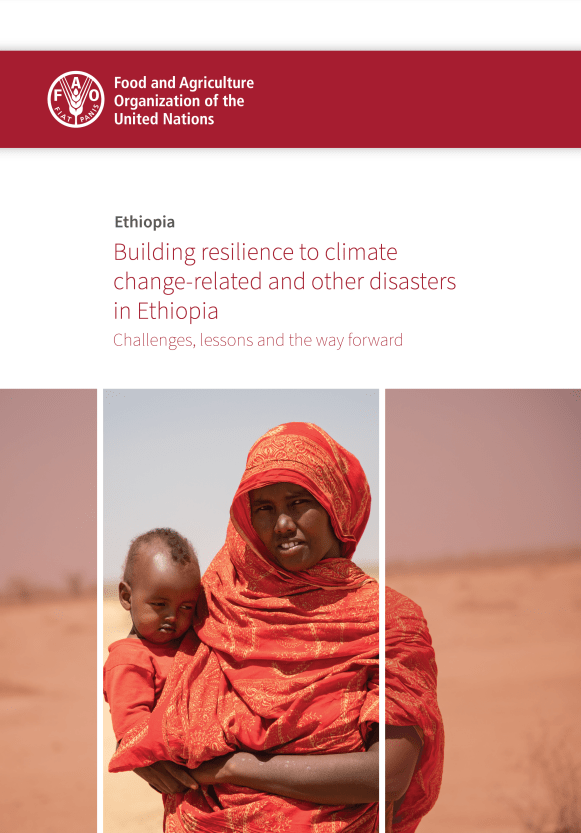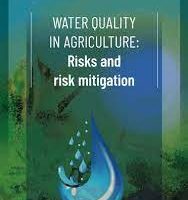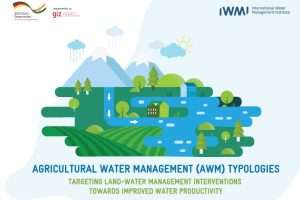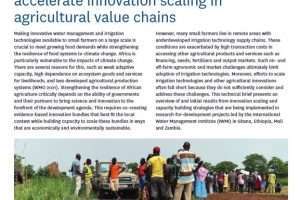Ethiopia is exposed to a wide range of disasters associated with the country’s extensive dependence on rainfed subsistence agriculture, climate change, resource degradation, diverse geoclimatic and socio-economic conditions and conflicts. Drought and floods are the major challenges, but a number of other threats affect communities and livelihoods. These include conflict, desert locust, fall armyworm, frost and hail, crop pests and diseases, livestock diseases, human diseases, landslides, earthquakes, and urban and forest fires.
Every source of evidence suggests that Ethiopia would feel the human and economic impacts of climate change intensely, and the impacts will only continue to grow if the country continues a business-as-usual approach to crisis response, and will not be able to manage the increasing scale of the challenges. Thus, there is call by all stakeholders for a paradigm shift in the way the country deals with communities at risk, in order to take preventive actions to reduce exposure, vulnerability and impact at local level. This requires moving away from a reactive system that solely focuses on drought and supply of life-saving humanitarian relief and emergency responses during disasters to a comprehensive proactive disaster and climate risk management approach, including climate change adaptation, among which are interventions to enhance livelihood diversification, social protection programmes and risk transfer mechanisms.
Furthermore, resilient agrifood systems support should include a range of proven interventions that are context-relevant and cover the whole agrifood system, such as increase in fertilizer use where appropriate and high-yielding and drought-tolerant seeds, strengthened extension and advisory systems at the kebele (local) level through the use of farmer field schools and pastoral field schools, expansion of access to credit, livelihood diversification, risk transfer mechanism and institutional development that link short-term emergency relief to long-term development pathways. This approach is essential for building resilience to natural hazard and human-induced disasters resulting in food insecurity challenges.
Much progress has been made in the last 50 years in the way of managing mainly drought disaster risks. Large-scale prevention and mitigation programmes have been designed, incorporating a focus on vulnerabilities, household asset-building, and public works for environmental rehabilitation and generation of livelihoods. Preparedness has been enhanced by the development of various policies and strategic documents for assessment and intervention, early warning and response systems, and economic, social and physical infrastructure to strengthen the local economy and household livelihoods. An attempt has also been made for humanitarian response to count on an established risk-financing.





Add Comment